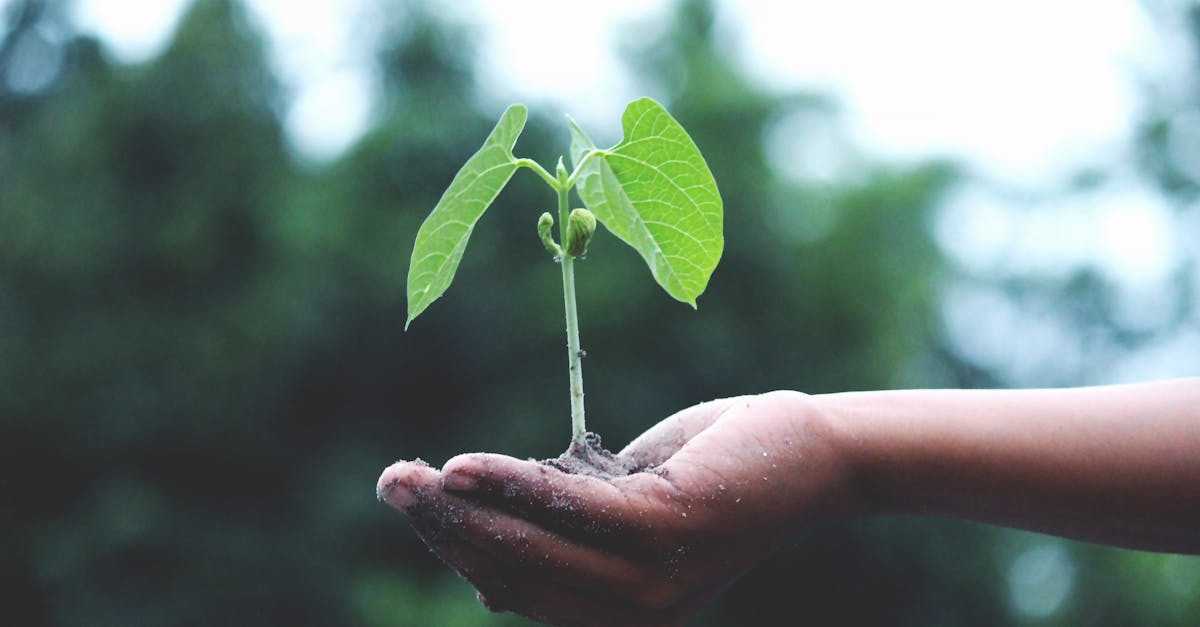The City and County of Honolulu's plans for a new landfill in Wahiawa are facing significant hurdles due to new state legislation, potentially impacting the island's waste management strategy and presenting both challenges and opportunities for Hawaii's business community. The proposed landfill, intended to replace the current facility in West Oahu, is slated for active pineapple fields situated above Central Oahu’s crucial freshwater aquifer.
The proposed Wahiawa landfill has sparked debate, with the City and County of Honolulu's Department of Environmental Services highlighting the limited feasible options for landfill locations on the island. Aloha State Daily reports that the city faces constraints due to existing laws prohibiting landfills near residential areas, hospitals, schools, conservation zones, and tsunami evacuation zones. Federal regulations further restrict construction near airports, adding to the complexity of the situation. The city's Managing Director, Mike Formby, stated that they believe the landfill can be safely operated above the aquifer with proper systems to protect the soil and aquifer, according to Hawaii News Now.
The primary concern revolves around the potential environmental impact, particularly the risk of contaminants leaching into the aquifer. The city's reliance on the landfill for waste disposal, including ash from its waste-to-energy facility, further complicates matters. Approximately 400 tons of ash and 10,000 gallons of leachate are produced daily, demanding both effective containment and long-term management solutions, as detailed in Civil Beat's analysis. Current legislation demands a half-mile buffer zone between landfills and residential areas, as well as schools.
For Hawaii's entrepreneurs, investors, and professionals, these developments underscore the need for innovative waste management solutions. Businesses specializing in sustainable practices, waste reduction technologies, and environmental remediation may find increased opportunities in the coming years. The evolving regulatory landscape could also influence real estate and development projects, particularly those near potential landfill sites. The situation demands businesses to consider long-term resource management practices and adapt to the environmental consciousness.



